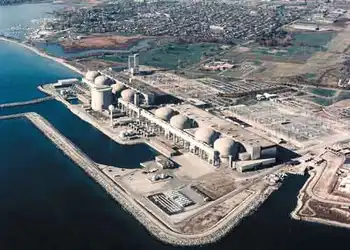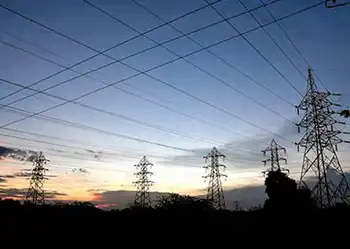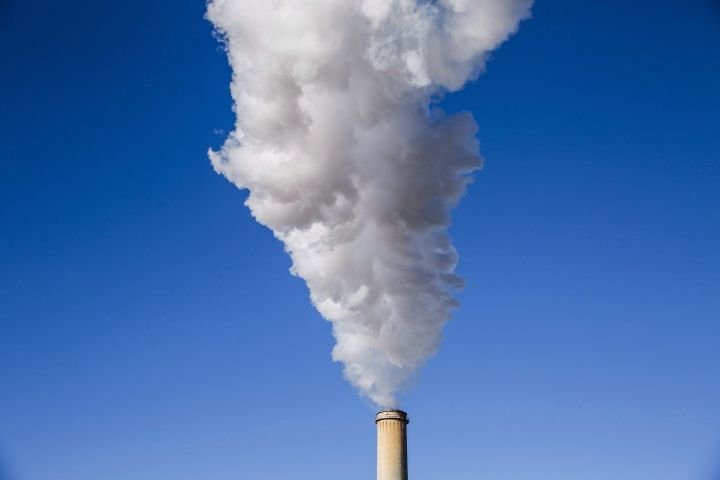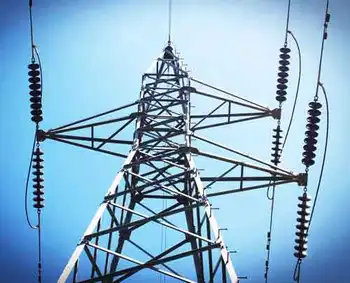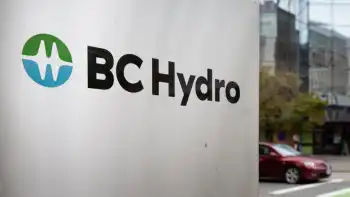Audit finds flaws in Energy Star program
By New York Times
Substation Relay Protection Training
Our customized live online or in‑person group training can be delivered to your staff at your location.

- Live Online
- 12 hours Instructor-led
- Group Training Available
Some manufacturers could therefore be putting the stickers on unqualified products, according to the audit, by the Energy DepartmentÂ’s inspector general, Gregory H. Friedman.
The Energy Star program, jointly managed by the Energy Department and the Environmental Protection Agency, has benefited from a renewed emphasis by the Obama administration, as a mechanism for reducing the waste of energy and curbing resulting greenhouse gas emissions. Under the federal stimulus bill, $300 million will go to rebates for consumers who buy Energy Star products.
Some consumers choose energy-efficient appliances for the same reason they might choose a car with good fuel economy: to save money or reduce the environmental impact.
Teams from the Energy Department and the E.P.A. oversee different categories of products. Last December, the environmental agency’s inspector general said the Energy Star ratings for products it oversees, like computers and television sets, were “not accurate or verifiable” because of weak oversight by the agency.
The Energy Department vowed then to scrutinize its performance in evaluating the products that it oversees, like windows, dishwashers, washing machines and refrigerators.
The new audit, a copy of which was obtained by The New York Times, indicates that the Energy Department has also fallen far short. Those shortcomings “could reduce consumer confidence in the integrity of the Energy Star label,” according to the department’s inspector general. The audit is to be submitted to Energy Secretary Steven Chu.
While the Energy Department requires manufacturers of windows and L.E.D. and fluorescent lighting to have independent laboratories evaluate their products, the report said, companies that make refrigerators, washing machines, dishwashers, water heaters and room air-conditioners, which consume far more energy, can certify those appliances themselves.
One refrigerator manufacturer tipped off the Energy Department that some models from a competitor that carried the Energy Star label did not meet the criteria, the audit said. That problem was also described by Consumer Reports magazine in October 2008 about tests it had conducted. In a settlement last year, the manufacturer, LG of South Korea, agreed to modify circuit boards in the machines already sold, to reduce their consumption and to compensate consumers for the extra power consumed.
The report also noted that while the government said in 2007 that it would conduct “retail assessments” to ensure that all the products carrying the Energy Star logo deserved them, it is still not doing so for windows, doors, skylights, water heaters and solid-state lighting. And the department is not following through to ensure that when inappropriately labeled products are identified, the labels are actually taken off, the audit said.
In one category, compact fluorescent lights, the government has certified nearly all existing products, the audit said. “When 90 percent of the products qualify, the consumer cannot easily judge the relative efficiencies of C.F.L. products,” the report said.
Jen Stutsman, an Energy Department spokeswoman, cited the recent agreement with the E.P.A., and said, “The Obama administration is strongly committed to ensuring that all Energy Star products provide American consumers with significant energy and cost savings, and has moved forward with steps to streamline and enhance the program.”
An outside expert, Lane Burt, the manager of building energy policy at the Natural Resources Defense Council, said some of the criticisms were justified.
“It’s been a tremendously successful program,” Mr. Burt said. “It’s grown by leaps and bounds, and any time you have that kind of growth, you’re going to have growing pains.”
Nonetheless, he said, “it’s crucial to make sure consumers are actually saving money and energy when buying an Energy Star appliance.” On September 30, the Energy Department and the E.P.A. signed a memorandum of understanding that seeks to address some of the shortcomings detailed in the report.
Mr. Burt said the memorandum committed both agencies to having all of their products evaluated by certified independent laboratories, and to expand the Energy Star program to cover products that were not in common use when it began in 1996. No target date was set.
The memorandum called for a “super star” program within Energy Star to identify the top-performing 5 percent of products, ranked by efficiency, he said.





